Competitive gaming has never been more popular, with team-based, 1v1, and free for all games offering a wide spread of player versus player action, with many sporting competitions, rankings, and even serious prize money for the best players.
Getting good at everything from Fortnite, to DotA 2, to Valorant, takes time, dedication, and some genuine talent for high-stakes gameplay, but there is something else you can do to get an edge: play on the best Esports PC you can buy.
The reason Esports gaming PCs are such an important part of every competitive player’s arsenal is that like the footwear on professional footballers or the suits on Olympic swimmers, the gaming PC is an extension of the gamer’s body.
It’s a link in the chain that adds its own latency to every action and reaction of the player. A more powerful, faster gaming PC, that can support higher frame rates at higher refresh rates, connected to high-speed peripherals, can shave all-important milliseconds from every click and tap the player makes.
In the world of competitive play, those milliseconds can make all the difference between winning and losing.
Even the best Esports gaming PC won’t make you a better gamer, but it will give you the chance to be the best gamer you can be.
It’s What’s Inside The Esports PC That Counts
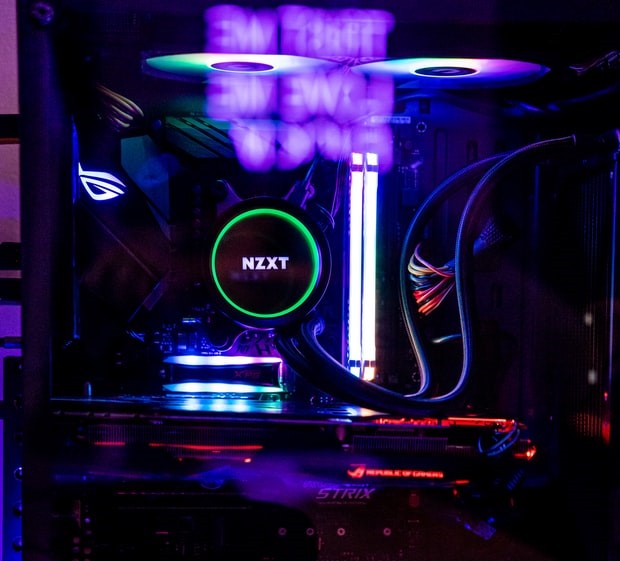
Whether it’s powering an immersive single-player experience or the most popular of high-speed competitive games, every gaming PC is only as good as its internal hardware. The processor, memory, graphics card, and storage can all play a part in how effective it is at delivering a good looking, smooth, and responsive gaming experience to the player.
Fortunately, most Esports games aren’t particularly taxing. They rely on large player bases so need to set the barrier for entry relatively low. That’s why you can play games like League of Legends, CS:GO, DotA 2, Rocket League, and even more modern games like Fortnite, on a potato of a PC.
If it has a CPU from the past decade and the most modest of graphics capabilities, you can start the games up and some of them will even run at relatively high frame rates. They’ll look awful and won’t be anywhere near as smooth or responsive as you’d like, but they’ll work.
If you want a PC that gives you a true competitive edge over the competition, though, a high-end gaming PC with some specific component choices is a must.
More Power, Better Performance
As Nvidia so succinctly put it, “frames win games.” The more powerful your Esports gaming PC, the better chance you give yourself to play at your best.
The reason this is a mantra that actually plays out in real-world testing is because when you have a more powerful gaming PC, you can play games at a higher frame rate.
When that’s combined with a high refresh rate monitor that can display those extra frames, both the game and the display refresh what you see many more times per second. That in turn means that you see things happening before those playing at lower frame rates on lower refresh rate monitors. That is compounded by a lower input lag, which registers your actions in-game quicker because of those same speed advantages.
This all combines to make you a faster gamer and is mainly thanks to your faster PC.
A Great CPU Helps You Play Faster
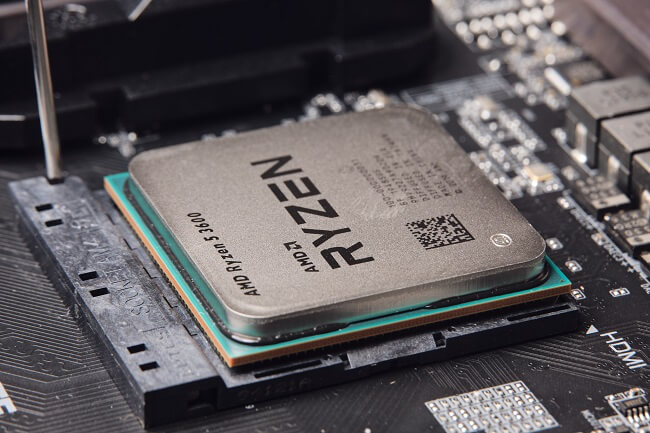
Although the most expensive gaming PCs with the most powerful graphics cards and fastest processors will always offer the best possible experience whatever you want to play, they aren’t strictly necessary for Esports games.
Since those games aren’t particularly demanding, and performance is more important than visuals – past a certain point – lower resolutions, and even lower detail settings, are common among competitive gamers. That means that counter to what most gaming PCs are designed to deliver – high powered graphics – the CPU in an Esports PC is arguably its more important component.
To deliver super-high frame rates at 1080p resolution, you need a fast and capable processor. The graphics card and memory are important too, but you can get away with much more affordable components.
Take a look at the ready-made gaming PCs that Chillblast designed specifically for players of one of the world’s most popular shooters, CS:GO. Although entry-level systems, like the Chillblast Fusion Recoil come packing a modest Ryzen 5 3600 six-core CPU and entry-level Nvidia GTX 1650 graphics, the next big upgrade isn’t a huge leap in GPU power: it’s a more powerful processor.
The Chillblast Fusion Frigate pairs that same graphics card with the ultra-fast Intel Core i5-11600K which has the same six cores, but hits almost 5.0 GHz right out of the box. With help from Chillblast’s expert system builders, we can give it a little overclock too, and with enough cooling, it’ll easily breach that 5.0 GHz barrier. This similar, but lightly upgraded system could deliver much higher frame rates at 1080p resolution.
AMD Provides the Best Bang For Buck
For the pinnacle of CPU gaming performance in 2021, you should target AMD’s Ryzen 5000 series, with the 5600X being your best bet for affordable, high-end performance. It’s almost as fast as the much-more-expensive 5800X, making it arguably the best bang for buck gaming chip of its generation.
Some games may perform a little better on the higher clocked Intel Core i7-11700K and 11900K, making them viable alternatives, but like the Ryzen 7 5800X, they’re only worth targeting if you have deep pockets and need the absolute pinnacle of gaming PC performance.
For everyone else, the best Esports PC experience will come from a great mid-range system that really pushes frames without hitting those super high price tags. More modest alternative CPUs, like the Core i5 10400F, are some of the best affordable Esports gaming processors around. You’ll find them in systems like the Chillblast Fusion Sentinel, paired with the excellent GTX 1660 Super graphics card.
The Graphics Card Still Does the Grunt Work
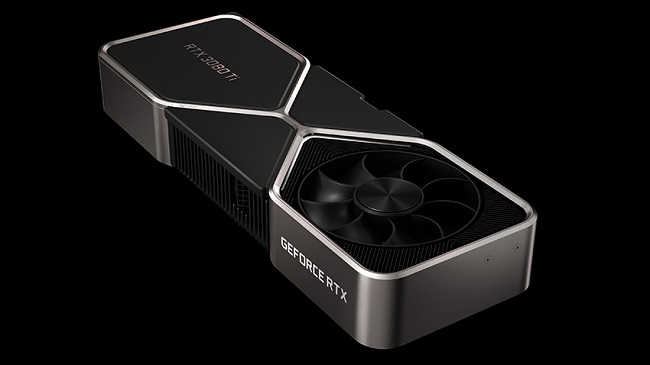
If you’re playing at 1080p, the CPU in your Esports gaming PC is just as, if not more, important than the graphics card. But, you shouldn’t neglect the graphics card either.
Even if your games are more likely to be bottlenecked by your CPU at high FPS, the graphics card needs to be able to keep up to avoid being the slowest link in the chain. Likewise, if you play at higher resolutions, or want to play with particular high-fidelity details or lighting effects, like ray tracing, you’ll need a powerful GPU to avoid low frame rates and the compromise that brings to your reaction times.
There are even some features of modern graphics cards that can improve frame rates and lower input lag, making a compelling case that the most recent-generation gaming PCs give you the best chance of being hotly competitive in your game of choice.
Nvidia GTX 16 Series GPUs
The Nvidia GTX 16-series graphics cards are still some of the best options for Esports gaming PCs. They provide all the performance you need to get the games running at decent detail settings at 1080p, while the CPU gives you the extra grunt to hit those higher frame rates.
GTX 1650 and 1650 Supers are a good place to start. But, if you want to hit those super-high frame rates, something with a little more grunt, like the GTX 1660 Super, offers a sizeable upgrade at not-too-great a cost.
You can find that card inside the Chillblast Fusion Sentinal and it’s a fantastic Esports gaming machine.
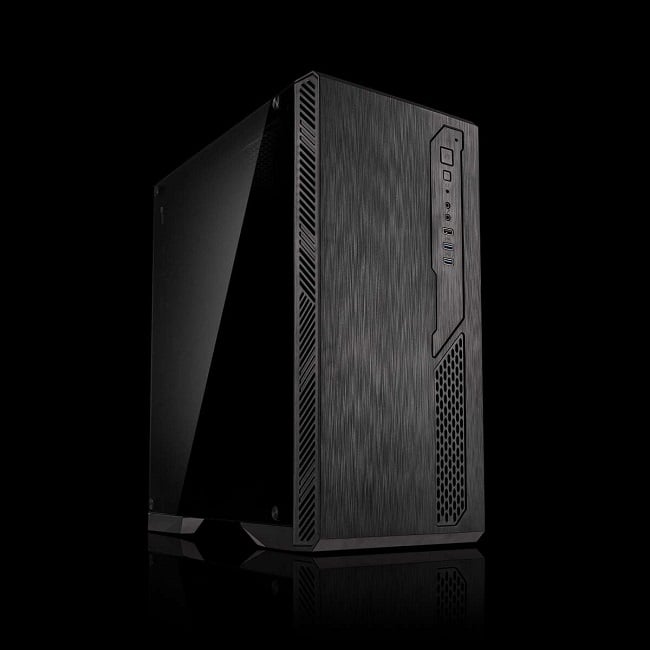
Together with its 16GB of high-speed memory, and an Intel Core i5-10400F CPU (one of the best value gaming CPUs of its generation), it’s more than enough to break 100 FPS in most Esports games. You might need to play with Fortnite’s settings to get that high, but it’s certainly doable at 1080p, giving you a serious competitive edge against those on slower, older systems.
The GTX 16 series cards can also benefit from Nvidia’s Reflex technology, which helps lower system lag considerably in supporting games. The list isn’t extensive, but important Esports games like Fortnite, Overwatch, and Valorant are there, among a number of other popular games.
They even support AMD’s new FidelityFX Super Resolution smart upscaling algorithm for improving frame rates. The supported game list is even less, but it does include DotA 2. Those extra frame rates can make a big difference in improving the responsiveness of the game. Especially if they don’t already support Reflex Low Latency mode.
The key technologies that these cards don’t have, though, are ray tracing and Nvidia’s own frame rate boosting algorithm, deep learning super sampling (DLSS).
Nvidia’s RTX 20 Series GPUs
For the former, you can target the few remaining RTX 2060 cards as it’s a solid Esports gaming card with support for those important features. You’ll find a wider range of options with the RTX 3000 series, however, and AMD’s RX 6000 cards remain a viable alternative. They don’t support DLSS, but they do have FSR, and they enjoy AMD’s own Anti-Lag technology, for a lower input latency on thousands of DX9, 11, and 12 games.
Ray tracing isn’t a typically enabled feature in competitive games due to the massive impact it has on the overall frame rate, but there are some popular competitive games that support it, like Battlefield 5, Call of Duty: Modern Warfare, and Fortnite. It won’t give you a competitive edge and will lower your frame rate, but if you want to use it, you’ll need an RTX 2000/3000 or RX 6000 GPU.
Nvidia’s RTX 30 Series GPUs
The most entry-level card for the job is the RTX 2060, but you’ll get much more bang for your buck with the RTX 3060 on up. The RTX 3070 is a standout card, with similar general compute performance to the RTX 2080 Ti, but with greater ray tracing capability.
If you want to play Esports games at 1440p or higher resolution, or want to eke out the absolute maximum frame rates possible in any game, you could also consider the RX 6800 XT, or RTX 3080 and 3080 Ti. You don’t need these kinds of GPUs to have high frame rates in Esports games, but they will ensure you hit the absolute pinnacle, and never experience drops or lags in performance that could impact your gameplay, no matter what you’re playing.
You’ll find these cards in systems like the Chillblast Official Williams Esports Ultimate gaming PC, paired with an Intel Core i7-10700K. You can customise this build with even more CPU power, potentially enabling higher frame rates, but in either case, there’s nothing this PC can’t handle.
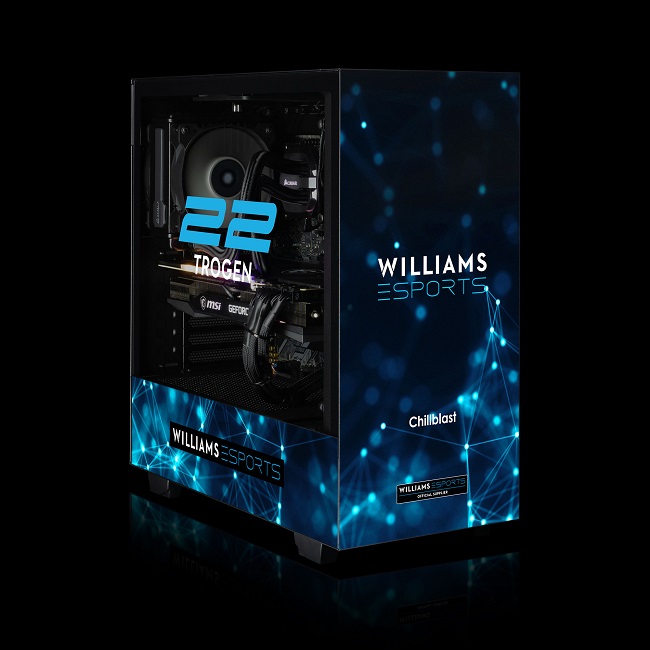
Fast Memory and Storage Get You to the Action Faster
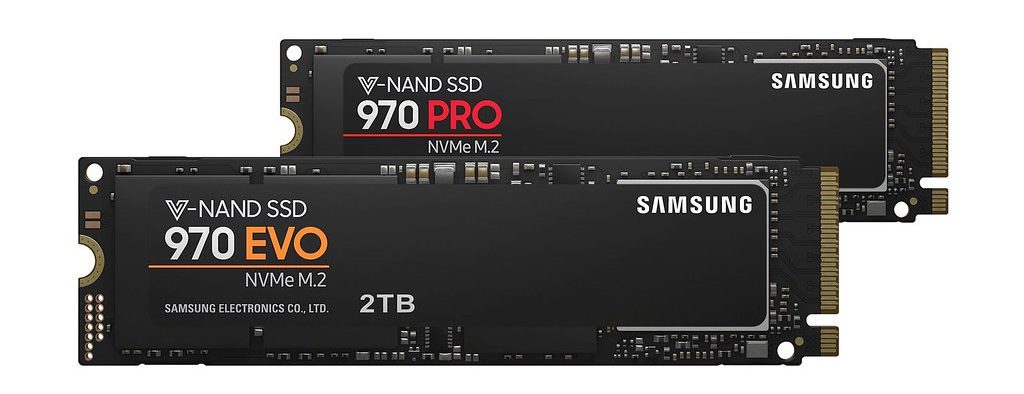
A big part of getting better as a competitive gamer is practising. A lot. Slower loading times can really cut back on the amount of gaming you can actually do, so having fast storage, and to a lesser extent, plenty of fast memory, can make a big difference there. You’ll want at least 8GB, though preferably 16GB, of RAM, and SSD storage is a must – preferably NVMe.
All Chilllast gaming PCs match these specs at a minimum, with every PC coming with an NVMe boot drive, and 8GB of RAM, ensuring that your games start up fast and the system feels responsive. For serious Esports gamers, 16GB of RAM is a better idea, as it ensures background tasks like web browsers don’t sap performance from the game – faster memory can also improve CPU performance considerably in some cases.
Don’t Forget the Peripherals
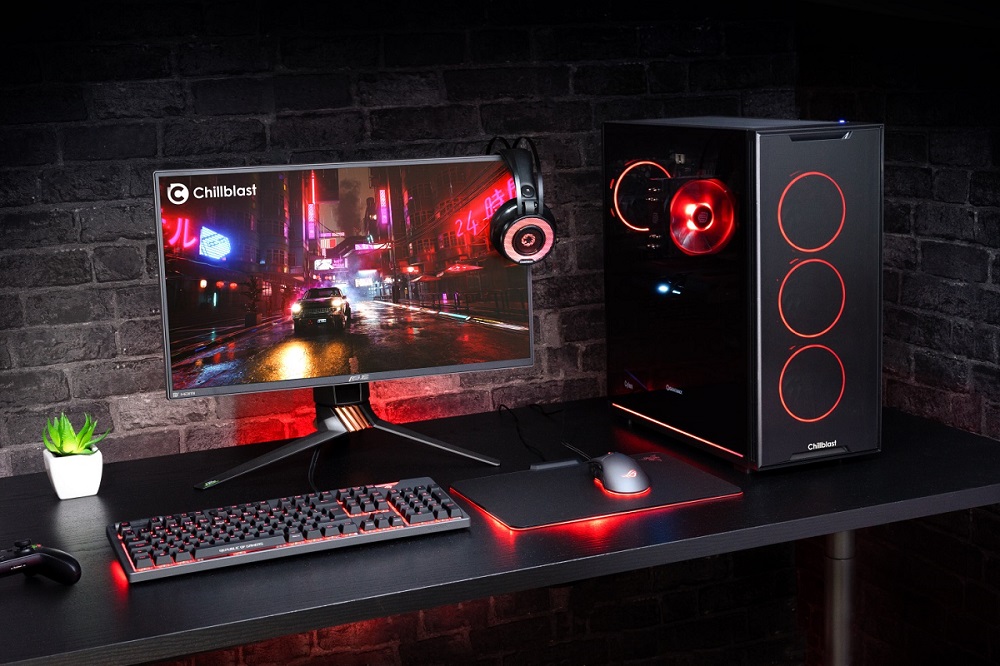
You won’t be able to make the most of the best Esports PC without the peripherals to back it up.
Make sure you pick up a high-refresh-rate monitor at a minimum – at least sporting a 120Hz refresh rate, but preferably as high as you can find – 360Hz is the current maximum. You also want a low response time for more responsive monitor visuals, and preferably Freesync and/or G-Sync support to prevent tearing.
Another way you can improve your competitive play is with a mouse and keyboard that are designed with high-speed gameplay in mind. For keyboards, that means mechanical, or even, optical switches, which reduce the lag from keyboard presses to them being registered by the game. Low profile switches with a shorter actuation can further reduce input lag.
Good gaming keyboards go hand in hand with lightweight, responsive mice. Comfort, sensor quality, and weight are all important factors for a good Esports gaming mouse, so consider wisely before choosing. The best ones can make a solid impact on your gameplay, helping just that little bit more to make you a better competitive player.






